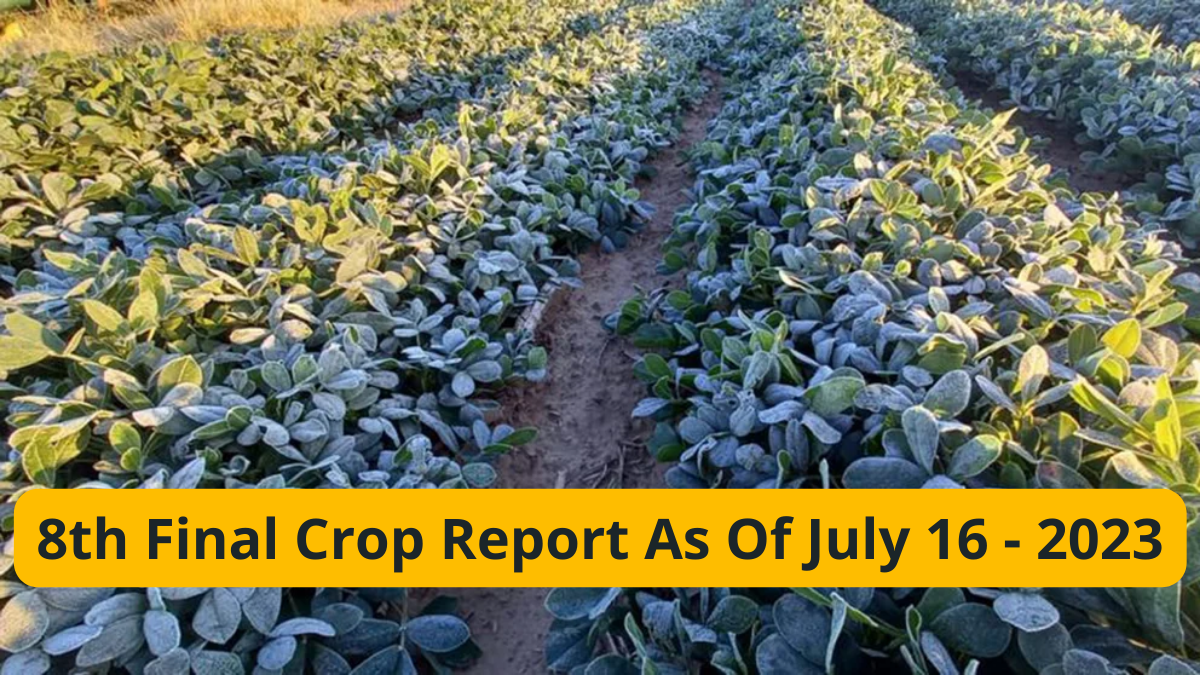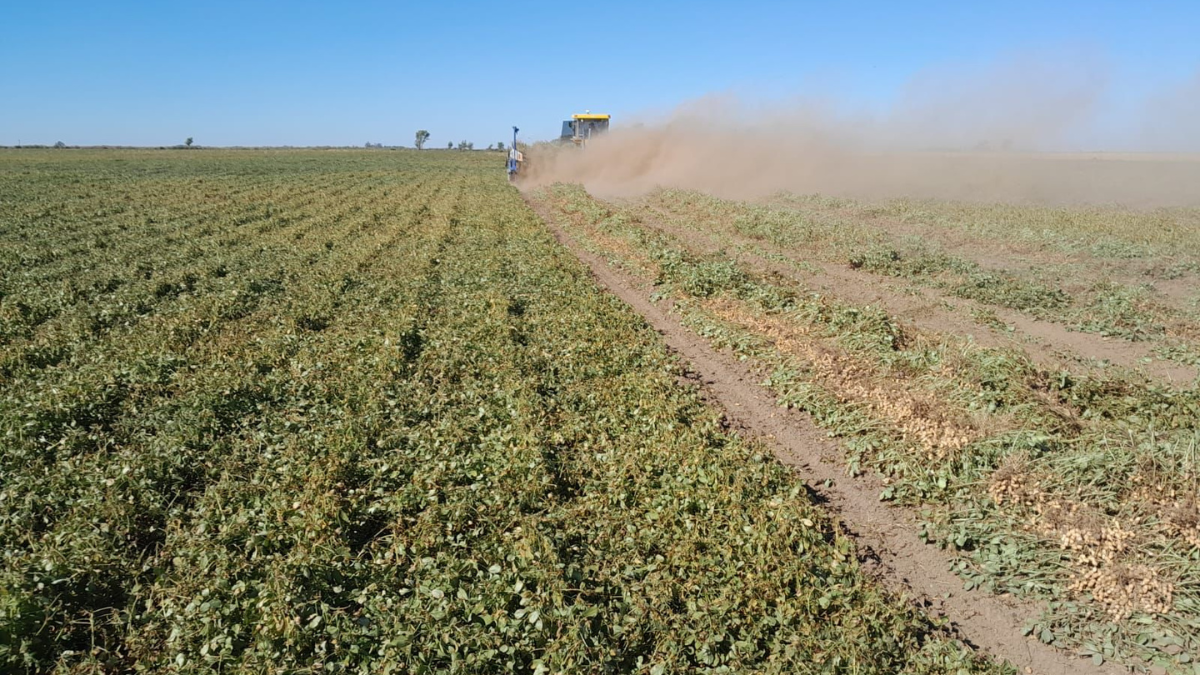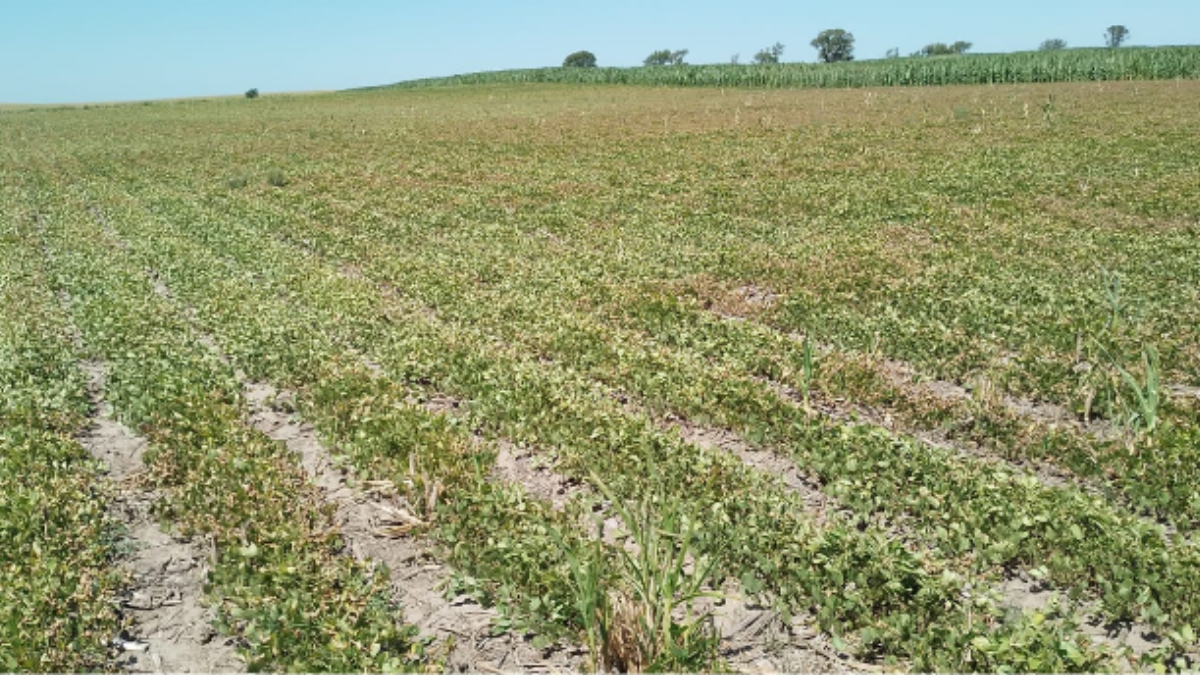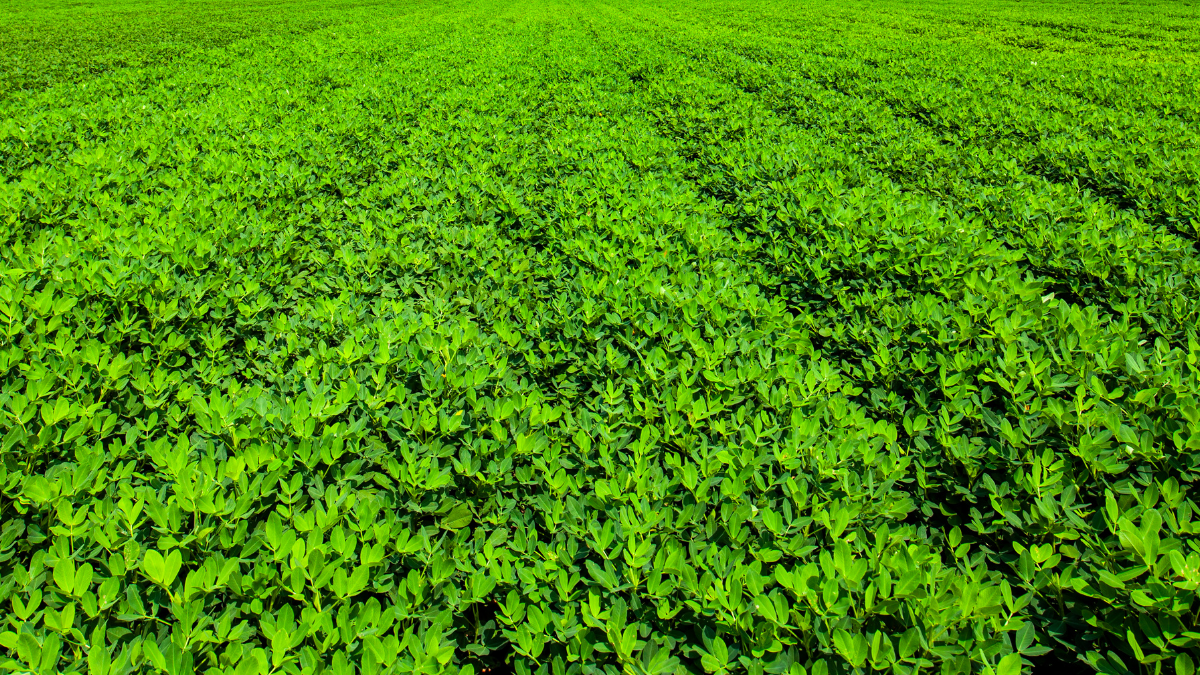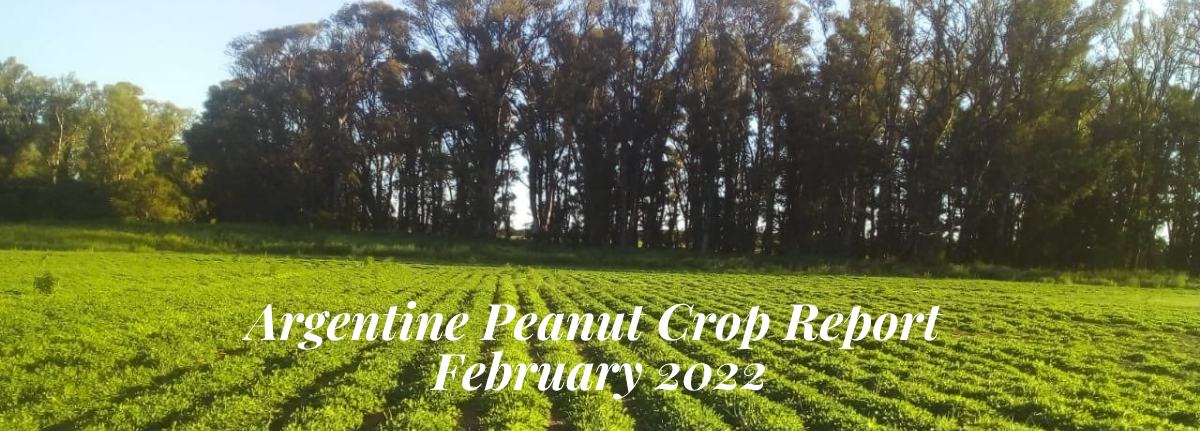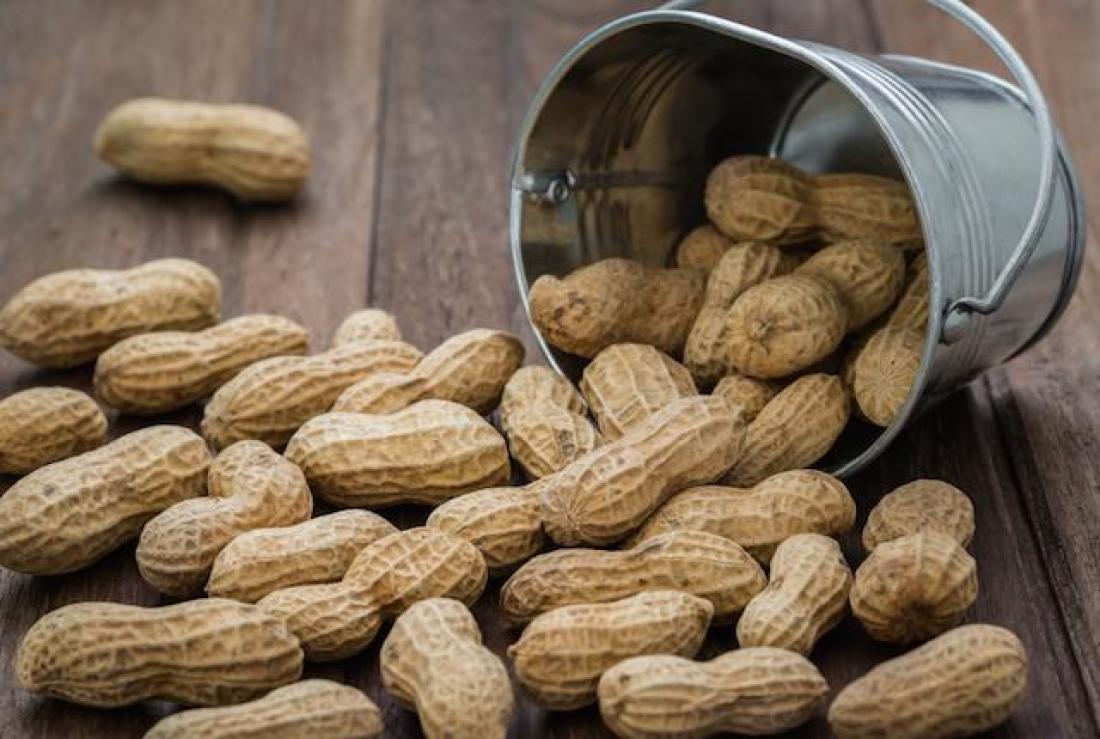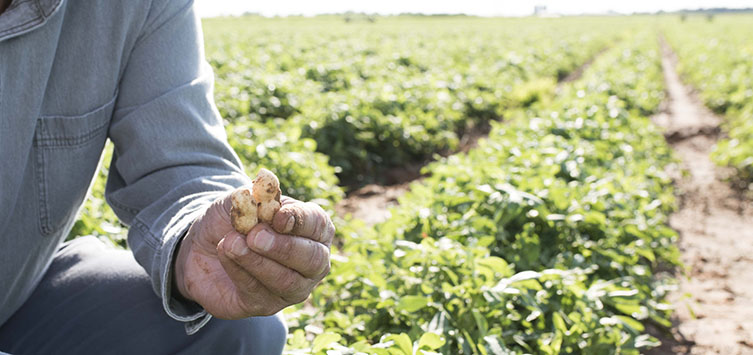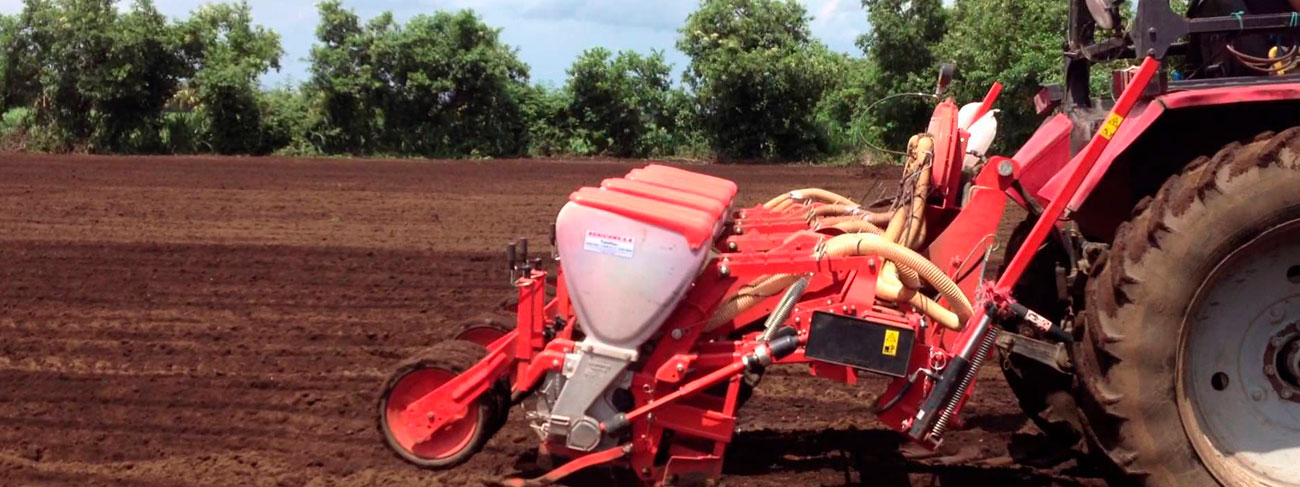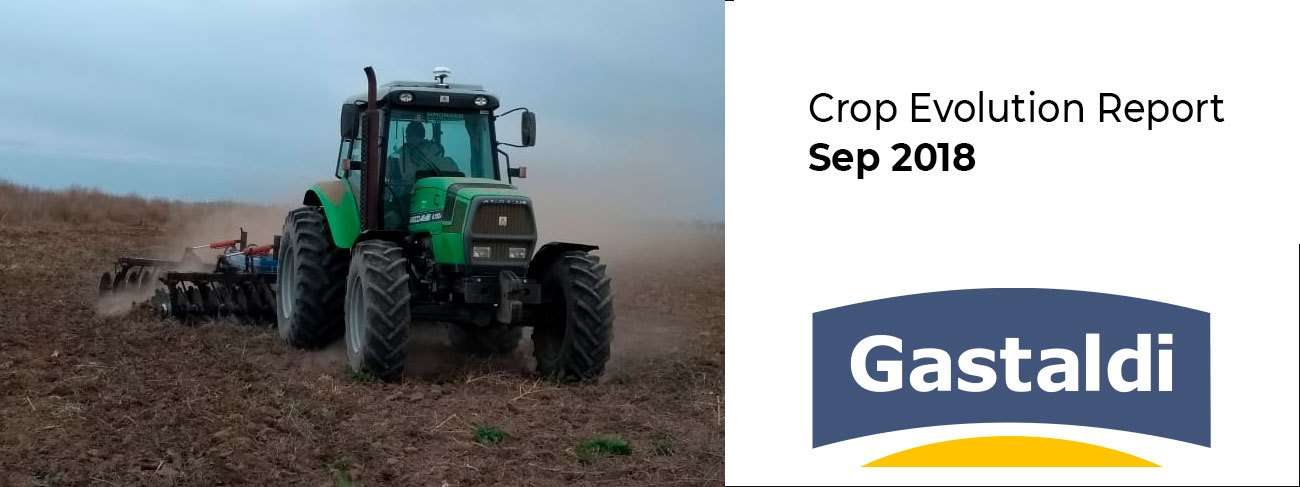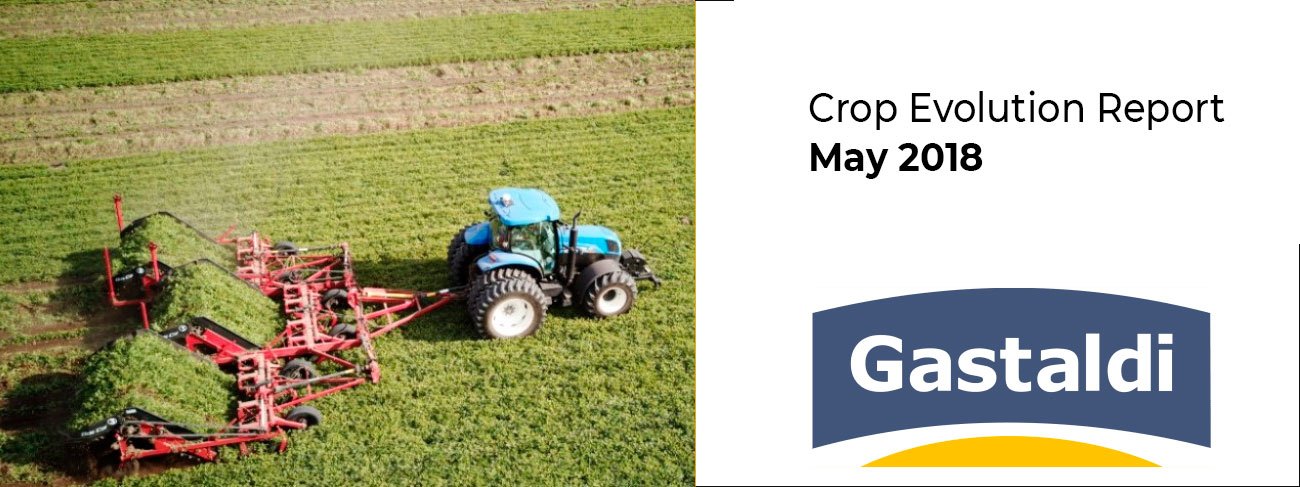Season 2020/2021 – #6
General Overview
The overall state of the peanut crop in Argentina has improved since our last report, amid timely and widespread rains occurred in March, towards the 2nd half of the month. The Northern, South-Central and Southern areas were the most benefited ones, achieving records above the historical average for this time of the year. However, some areas didn’t receive the same rainfall and are behind in development. Therefore, although the situation can be classified as good in general terms, we are facing an heterogenous outlook.
The Western and Southern areas (south-west of Cordoba, San Luis and part of the Buenos Aires province) are the most compromised ones in terms of development. In these areas, irreversible losses are forecasted. On the other hand, the South-Central, Northern and Eastern areas present a better outlook and are expected to offer the greatest yields. It’s worth noting that different fields located in the same area may exhibit a completely different state, given that passing storms or water reservoirs in the soil may have benefited some fields but not others.
In the following figure, the general state of the crop according to the professional criteria of Gastaldi’s agronomists is presented:

General state of the peanut crop in Argentina as of 04-04-2021
Our agronomists reported an expected yield of between 3 and 3,2 metric tons (MT) per hectare (ht), based on a clean and dry in-shell peanut condition. This yield can be classified as average considering historical data and will surely be well below the previous year’s crop.
An aspect to point out from the new peanut crop is that present maturity (35 – 40%) is well below the values observed in the previous crop at this point of time (50 – 55%). The reason is that weather conditions throughout this season (particularly prior to plantings) were not as favorable as last season, either given by low night temperatures or by uneven rainfall throughout the crop cycle.
Regarding the current agronomic challenges, Sclerotinia Sp. continues developing in many fields and have reached worrisome levels of incidence. The affected fields will surely be dug before the optimal time in order to save as much production as possible, resulting in lower yields and weaker kernels, more prone to quality problems. Although digging tasks have already started in those fields with problems, we expect those tasks will become generalized in the following two weeks, towards the second half of April.
Main Peanut Area Map
The main peanut area in Argentina includes the provinces of Cordoba, La Pampa, San Luis and Buenos Aires. In general terms, it can be divided as follows:

Main peanut area in Argentina
Rainfall and Temperature Analysis
As it was mentioned before, considerable rains occurred during March, helping to improve the water reserves under the soils.The following image show the climatic events and the accumulated rainfall in the Cordoba province:

Accumulated rainfall in the Cordoba province during March, 2021
Regarding the thermal records, temperatures hovered around 19 °C to 22 °C in the peanut areas. As we leave the summer behind, these values are within the expectations, although minimum temperatures during the night were too low for this time of the year, falling outside the optimal window for the development of the peanut crop.
Available Water Content in Cordoba
The maximum retention capacity or «field capacity» implies that the extraction of water by the vegetables occurs without any difficulty. Between the field capacity and the permanent wilting point there is the range of what we call useful water in the arable layer.
The following figure shows that, towards the beginning of April in the peanut area, the average values are between 50% and 75% of useful water in the arable layer, showing a considerable improvement from the situation reported one month ago. Source: FAUBA.

Available Water Content in Argentina as of April 5th, 2021 vs situation as of February 22nd, 2021
Crop-related Task
As it was previously mentioned, the most worrisome challenge is related to the Sclerotinia Sp. disease, which has affected many fields planted with peanuts. We are closely monitoring the progression of the disease to determine the right actions to minimize losses. It should be noted that there is no treatment to stop the progression of the disease so, once established in the crop, it can’t be fully eradicated.
Regarding fungicides, growers from different areas reported that between 3 and 4 applications of were carried out, with satisfying results.

Peanut plants affected by sclerotinia sp
Peanut Crop Phenological State
The peanut crop is undergoing the final growth stages (R7 & R8), thus it’s imperative to count on good weather conditions from now till the time in which harvesting tasks are finished. Since the crop development is almost completed, the focus now shifts to digging and harvesting tasks. Unlike the rest of the season, in which growers expected good rains, the weather should now shift to sunny and dry conditions in order not to difficult the activities of the combines in the fields.
The following figures show the peanut crop phenological state, both in general terms as well as by area:

General phenological state of the peanut crop as of April 8th, 2021

Phenological state of the peanut crop by area as of April 8th
Peanut Development Stages
V1: first tetrafoliolate leaf
V2: second tetrafoliolate leaf
V3: third tetrafoliolate leaf
V4: fourth tetrafoliolate leaf
V – (N): one to N developed nodes on main axis
R1: beginning bloom
R2: beginning peg
R3: beginning pod
R4: full pod
R5: beginning seed
R6: full seed
R7: beginning maturity
R8: harvest maturity
First Peanut Crop Estimation by the CAM (Argentine Peanut Chamber)
The following figure shows the first estimation developed by the CAM, in which the most important figures are showed and compared to previous seasons:

First peanut crop estimation by the CAM
Although the planted area is greater than the previous season by almost 10% (385.592 hectares in the current cycle), the expected yields are expected to decrease 18% approximately, reaching 2,36 MT/ha (kernel basis), compared to 2,78 MT/ha from the previous crop. Therefore, a decrease of 13.59% in the exportable volume is forecasted (623.617 MT vs 721.725 MT). It’s worth noting that the 721.725 MT that will be exported once the present season is over constitute the highest record ever for Argentina.
Final Remarks
As we approach digging and harvesting tasks, which are the last critical echelons in the peanut cycle, the peanut crop is in a good state, although the situation can be more accurately described as heterogeneous. With an estimated yield of between 3 and 3,2 MT/ha, we could be in presence of an average crop in historical terms, well behind the last peanut crop that was considered outstanding, but far from being a bad crop.
It’s important to highlight the fact that there’s one last step that is critical and could dramatically modify the current picture. Therefore, it’s imperative to count on good weather conditions to carry out the digging and harvesting tasks in the fields without complications. This past weekend, it rained considerably in the province of Cordoba so we expect that roads that are used to access the fields will be blocked or very hard to transit for the next 7 to 10 days. A reversal should occur promptly in order not to start with problems. Agronomists are carefully monitoring the weather conditions in order to determine the optimal time to kick off the activities in the fields.
As it happens every year at this point of time, the entire peanut sector of Argentina is working hard to obtain the best possible crop in order to continue serving our customers all over the world.

Peanuts in the Northern area

Peanuts in the Northern area

Peanuts in the Central area

Peanuts in the Central area

Peanuts in the Eastern area

Peanuts in the Eastern area

Peanuts in the Southern area
Do you have a commercial inquiry?
Other questions or comments?
Contact us: [email protected]
Follow Gastaldi on social media:



